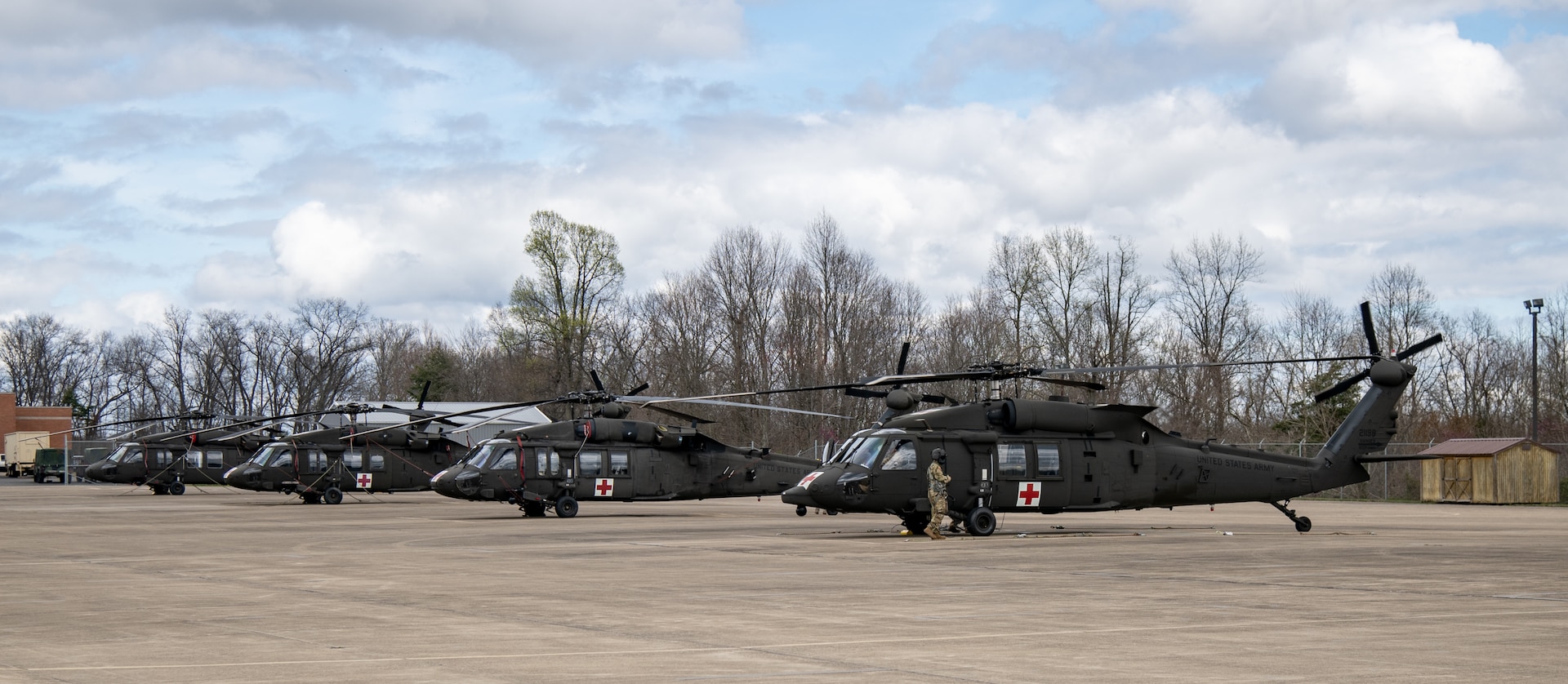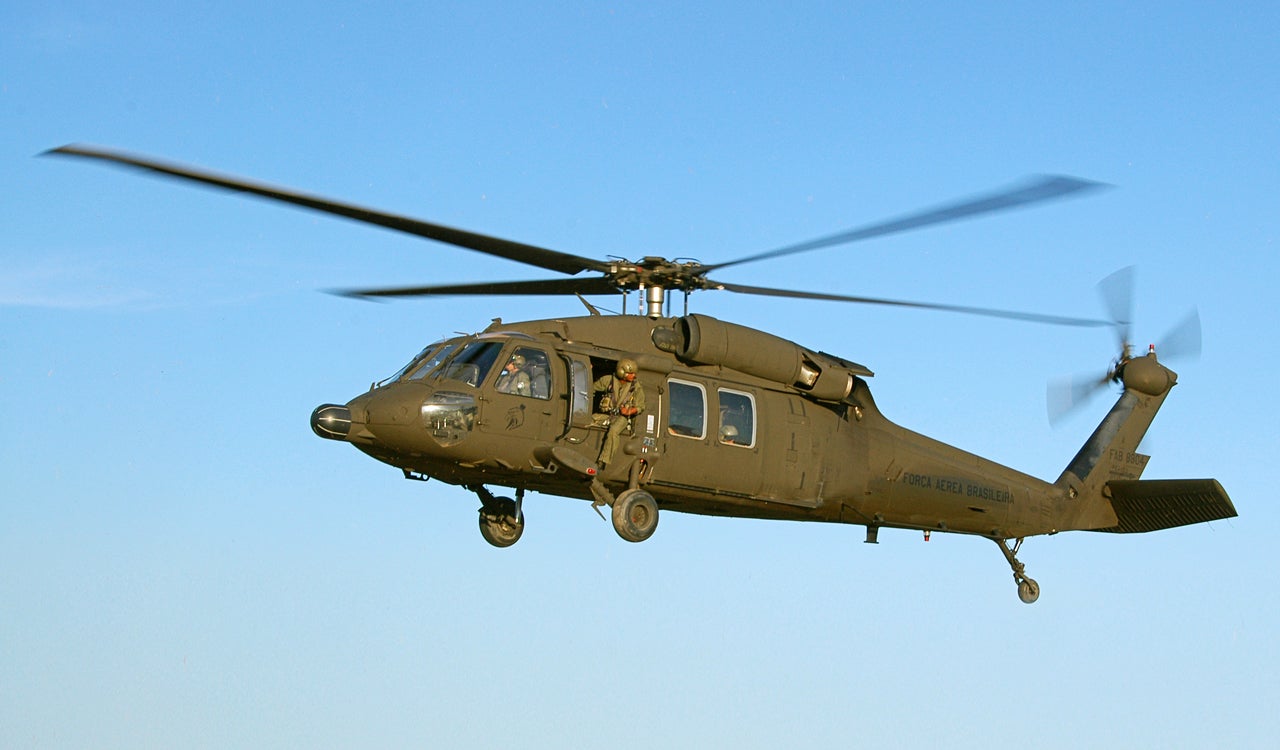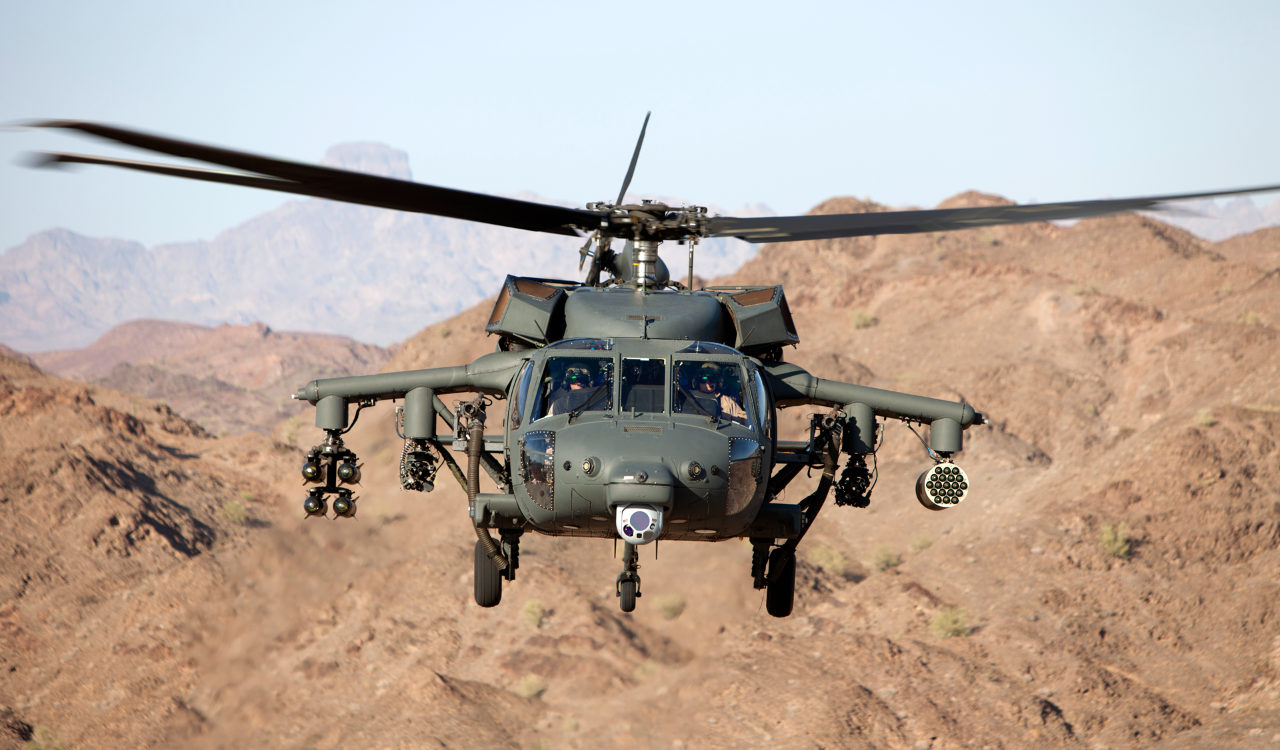UH 60 Helicopter Introduction: Everything You Required to Know
UH 60 Helicopter Introduction: Everything You Required to Know
Blog Article
Exploring the Cutting-edge Innovation Behind Airplane Design and Design
The field of aircraft design and design is witnessing a transformative shift driven by cutting-edge innovations that enhance efficiency, performance, and sustainability. As the market grapples with the difficulties of ecological responsibility, advancements in lasting aviation technologies promise to improve the future.
Advanced Products in Airplane Layout
Exactly how can the combination of advanced materials change aircraft style? The unification of innovative materials, such as carbon fiber compounds, titanium alloys, and advanced porcelains, plays an important duty in improving airplane efficiency and effectiveness.
Furthermore, innovative products show improved resistance to deterioration and exhaustion, causing lower maintenance prices and extended life span. As an example, making use of titanium in vital elements helps withstand severe temperatures and stresses, while carbon fiber compounds give adaptability in layout and manufacturing procedures. This versatility allows for more aerodynamic forms, adding to premium performance qualities.
Moreover, the assimilation of smart products, which can transform residential or commercial properties in reaction to exterior stimuli, opens brand-new avenues for adaptive systems in airplane layout. uh 60. These innovations guarantee not only to boost safety and security and operational performance but also to add to sustainability initiatives by reducing ecological impact via minimized exhausts. In summary, progressed products are redefining the landscape of airplane style, leading the way for much more effective, sturdy, and eco friendly air travel remedies
Wind Resistant Innovations for Performance
Wind resistant technologies play an essential role in improving airplane performance, substantially affecting gas intake and general efficiency. Advancements in airfoil layout, such as the intro of supercritical wings, permit optimized lift-to-drag ratios, minimizing drag at transonic rates. These advancements make it possible for aircraft to keep greater speeds with lower gas expenditure, straight affecting functional expenses and ecological sustainability.
Moreover, the integration of winglets has shown reliable in mitigating vortex-induced drag at the pointers of wings, better boosting gas efficiency - uh 60. This design alteration causes a reduction in wake turbulence, adding to improved wind resistant performance throughout cruise ship problems

Furthermore, computational fluid dynamics (CFD) devices have changed the screening and refinement of aerodynamic shapes, permitting for precise simulations of air movement around airplane (uh 60). This makes it possible for designers to introduce continuously, making sure that modern aircraft not only meet governing criteria yet also push the limits of performance in aeronautics

Duty of Computer System Simulations
Computer system simulations have actually become an important device in the field of airplane layout, enabling designers to carry out in-depth evaluations and optimizations of different style elements. These simulations enable the digital testing of aerodynamic residential properties, architectural integrity, and performance metrics long prior to physical prototypes are developed. By employing computational liquid characteristics (CFD) and finite element analysis (FEA), designers can forecast how air flows around the airplane and exactly how different products will reply to tension and stress.
Additionally, computer system simulations promote the exploration of a variety of scenarios and variables, accelerating the layout procedure and minimizing expenses related to physical screening. This capacity not only enhances the accuracy of predictions pertaining to airplane behavior but also uses understandings into potential design renovations that may not be immediately noticeable through typical approaches.

Furthermore, simulations assist ensure conformity with strict safety and security regulations by allowing engineers to recognize and correct potential concerns early in the layout stage. The assimilation of simulation technologies into the airplane design process highlights the considerable developments in design methods, inevitably adding to the advancement of much safer, more effective, and eco-friendly aircraft.
Expert System in Design
Expert system (AI) is changing the design landscape, specifically in aircraft layout, by enhancing decision-making procedures and maximizing style process. Through artificial intelligence algorithms, AI can evaluate vast datasets, revealing patterns and insights that inform style options and enhance overall effectiveness.
AI applications in aircraft layout consist of generative layout, where algorithms create numerous layout alternatives based on defined specifications, enabling engineers to review a broader series of possibilities. This not just increases the design stage however additionally ensures that the end products meet stringent efficiency and safety and security criteria.
Additionally, AI-driven predictive view analytics promote maintenance scheduling by analyzing historical information and predicting prospective failings. This proactive method reduces downtime and enhances aircraft dependability.
Additionally, AI aids in simulation and modeling, enabling designers to test layouts under different problems without the demand for physical prototypes. This capability shortens advancement timelines and minimizes expenses connected with conventional screening techniques.
Lasting Aeronautics Technologies
The response exists in the fostering of lasting air travel technologies that prioritize efficiency and decrease carbon emissions. Developments such as sustainable air travel gas (SAFs), which are acquired from renewable resources, have arised as a crucial component in attaining reduced lifecycle exhausts.
Moreover, improvements in airplane layout, such as the advancement of lighter materials and even more aerodynamically effective forms, add to improved gas performance. Electric and hybrid propulsion systems are likewise gaining traction, offering their explanation a pathway to decrease dependence on nonrenewable fuel sources and minimize greenhouse gas exhausts.
The assimilation of these innovations is supported by regulatory structures and market partnerships targeted at setting ambitious sustainability targets. Furthermore, digital tools like data analytics and expert system can enhance trip procedures, even more boosting fuel performance. By welcoming sustainable techniques and technologies, the aeronautics market can not just satisfy the growing demand for air travel however also play a crucial function in addressing environment change, making certain a more lasting future for air transportation.
Conclusion
The merging of innovative products, aerodynamic innovations, and cutting-edge modern technologies notes a significant evolution in aircraft design and engineering. The assimilation of carbon fiber composites, titanium alloys, and AI-driven processes not only improves efficiency and performance but also enhances process and predictive upkeep. In addition, the recurring development of sustainable aeronautics technologies highlights a commitment to environmental responsibility, paving the way for a greener future in aeronautics. This constant development will shape the market's trajectory for many years to find.

Computer system simulations have become an indispensable device in the field of airplane layout, enabling engineers to perform comprehensive evaluations and optimizations of different style facets.The merging of innovative materials, aerodynamic technologies, and innovative technologies marks a considerable advancement in news aircraft style and engineering.
Report this page